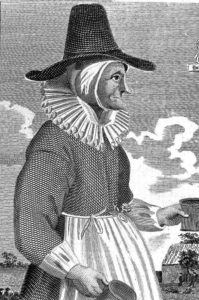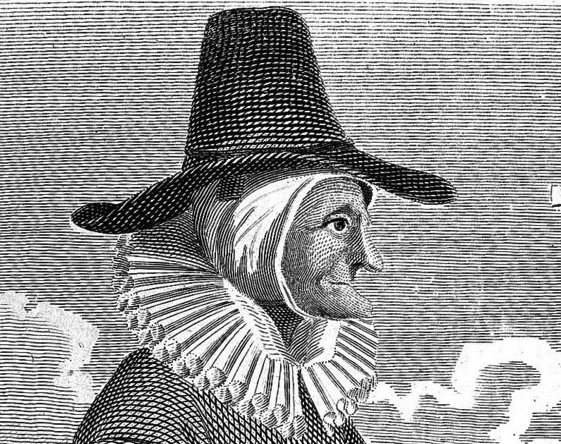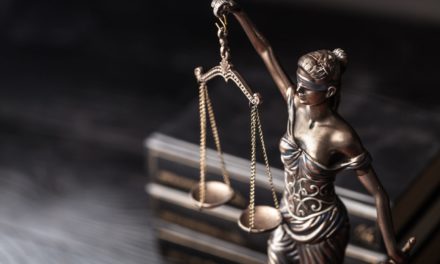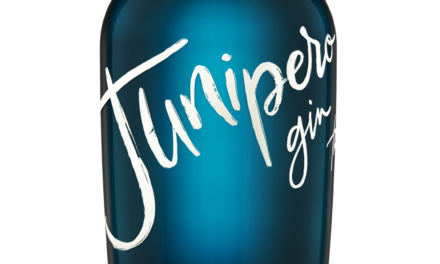 In our earliest days, say archaeologists who study this stuff, beer was produced almost exclusively by women, as men were on the hunt. This remained the case through the rise of the Roman Empire and well into the Early Middle Ages, especially in Northern Europe.
In our earliest days, say archaeologists who study this stuff, beer was produced almost exclusively by women, as men were on the hunt. This remained the case through the rise of the Roman Empire and well into the Early Middle Ages, especially in Northern Europe.
Brewsters, as these women were known, were in a position of power. Water was largely undrinkable before modern sanitation methods, and brewsters were relied on to concoct beverages that were safe (at the very least), tasty (hopefully), and healthful (owing to the inclusion of sometimes medicinal herbs and organics). But as society settled, men started taking over these duties.
Over time, brewing women began to be seen as somehow suspect—shouldn’t they be home raising children? Ultimately, social mores largely won, with men overtaking the role of brewer (note the change) and women who continued to pursue the craft largely demonized.
From Bigthink.com: “In the dark ages, brewsters, women who brewed beer, had some rather odd advertising methods. To be noticed in crowded markets, they tended to wear tall, pointed hats. To indicate when a brew was ready, broomsticks would be placed in the doorways of alehouses. Images of frothing cauldrons full of ready product and six-sided stars to indicate the quality of the brew also abounded. Lastly, out of manifest necessity, cats would be kept in the brewhouses to protect the grains from mice.”
See where we’re going here?
This Halloween, raise a pint to the intrepid women who not only kept our ancestors sauced, but whose misfortune also led to one of the go-to looks of the season.
Press releases are generated outside of Spirited magazine and the information contained does not necessarily reflect the opinion of Spirited or its parent company, Sonoma Media Investments.










